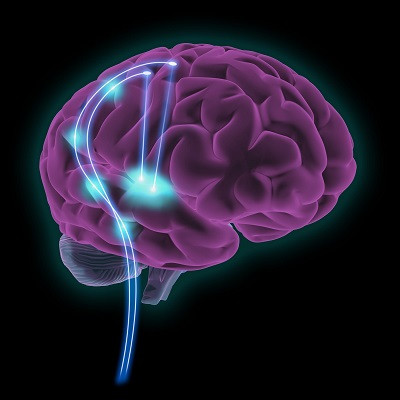
2021-12-25
Visited : 1891
New research published today has demonstrated that tiny graphene neural probes can be used safely to greatly improve our understanding of the causes of epilepsy.
The graphene depth neural probe (gDNP) consists of a millimetre-long linear array of micro-transistors imbedded in a micrometre-thin polymeric flexible substrate. The transistors were developed by a collaboration The University of Manchester’s Neuromedicine Lab and UCL’s Institute of Neurology along with their Graphene Flagship partners.
The paper, published in Nature Nanotechnology, shows that the unique flexible brain probes can be used to record pathological brain signals associated with epilepsy with excellent fidelity and high spatial resolution.
Dr Rob Wykes of The University of Manchester’s Nanoneuro team said: “Application of this technology will allow researchers to investigate the role infraslow oscillations play in promoting susceptibility windows for the transition to seizure, as well as improving detection of clinically relevant electrophysiological biomarkers associated with epilepsy.”
The flexible gDNP devices were chronically implanted in mice with epilepsy. The implanted devices provided outstanding spatial resolution and very rich wide bandwidth recording of epileptic brain signals over weeks. In addition, extensive chronic biocompatibility tests confirmed no significant tissue damage and neuro-inflammation, attributed to the biocompatibility of the used materials, including graphene, and the flexible nature of the gDNP device.
The ability to record and map the full range of brain signals using electrophysiological probes will greatly advance our understanding of brain diseases and aid the clinical management of patients with diverse neurological disorders. Current technologies are limited in their ability to accurately obtain with high spatial fidelity ultraslow brain signals.
Application of this technology will allow researchers to investigate the role infraslow oscillations play in promoting susceptibility windows for the transition to seizure, as well as improving detection of clinically relevant electrophysiological biomarkers associated with epilepsy.
Epilepsy is the most common serious brain disorder worldwide, with up to 30% of people unable to control their seizures using traditional anti-epileptic drugs. For drug-refractory patients, epilepsy surgery may be a viable option. Surgical removal of the area of the brain where the seizures first start can result in seizure freedom; however, the success of surgery relies on accurately identifying the seizure onset zone (SOZ).
Epileptic signals span over a wide range of frequencies –much larger than the band monitored in conventionally used scans. Electrographic biomarkers of a SOZ include very fast oscillations as well as infraslow activity and direct-current (DC) shifts.
Implementing this new technology could allow researchers to investigate the role infraslow oscillations play in promoting susceptibility windows for the transition to seizure, as well as improving detection of clinically relevant electrophysiological biomarkers associated with epilepsy.
Future clinical translation of this new technology offers the possibility to identify and confine much more precisely the zones of the brain responsible for seizure onset before surgery, leading to less extensive resections and better outcomes. Ultimately, this technology can also be applied to improve our understanding of other neurological diseases associated with ultraslow brain signals, such as traumatic brain injury, stroke and migraine.
Read the original article on University of Manchester.